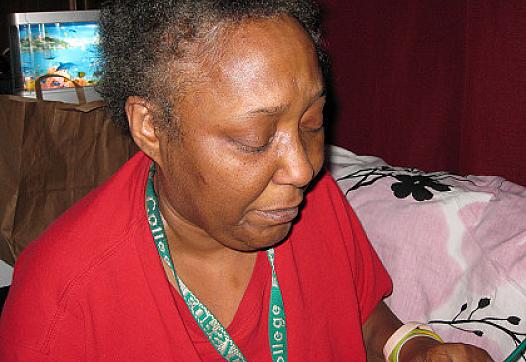
Racial disparities in end-of-life care — how mistrust keeps many African Americans away from hospice
Sharitta Berry was at Oakland’s Highland Hospital when she got the bad news in early 2018.

Sharitta Berry was at Oakland’s Highland Hospital when she got the bad news in early 2018.
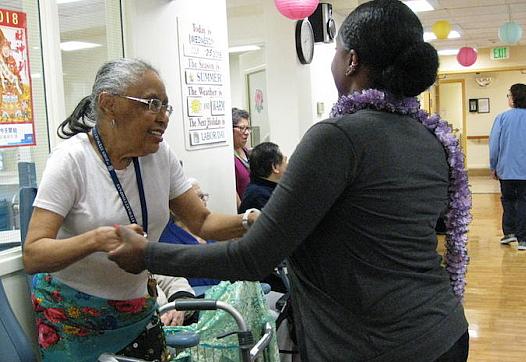
For Asians, Latinos, and other ethnic minorities, the end of life presents unique challenges. Language barriers and cultural traditions can often inhibit access to hospice, pain management, and comfort care.
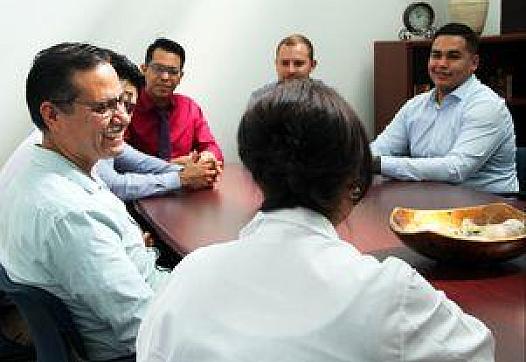
As California faces a statewide shortage of physicians, there’s one area that will be hit especially hard: the large collection of cities, suburbs and rural areas that make up Southern California’s Inland Empire.
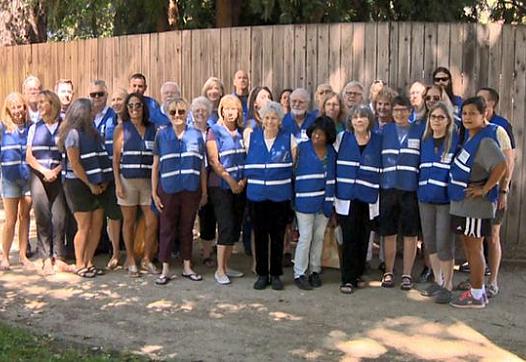
Reporter Vicki Gonzalez spent the past year on this series as a recipient of the 2018 California Fellowship with USC Annenberg Center for Health Journalism.

Reporter Vicki Gonzalez spent the past year on this series as a recipient of the 2018 California Fellowship with USC Annenberg Center for Health Journalism.
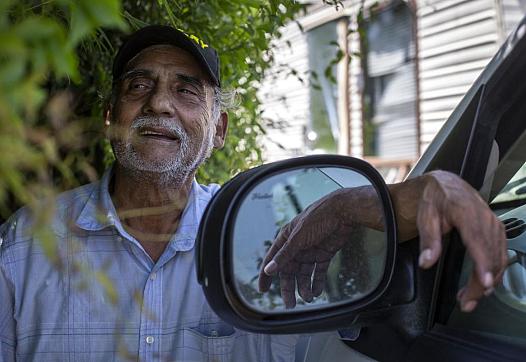
He used to sleep in a bed. In a home. That was until Hurricane Harvey struck, when the 70-year-old lost his home and almost everything he owned.
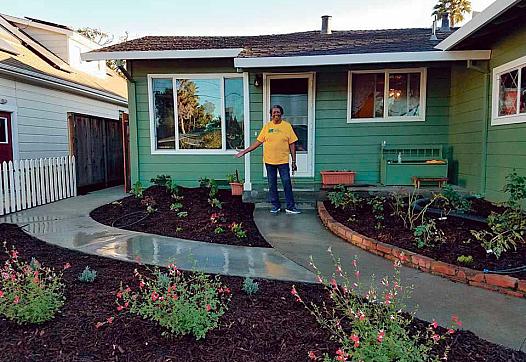
Joy and Ben Langford know how difficult it is for a young family to afford a home in Monterey County. They rented for several years as they had three children. At the same time, Ben’s parents wanted to downsize and relocate from Texas to California to be closer to them, but they couldn't afford it.
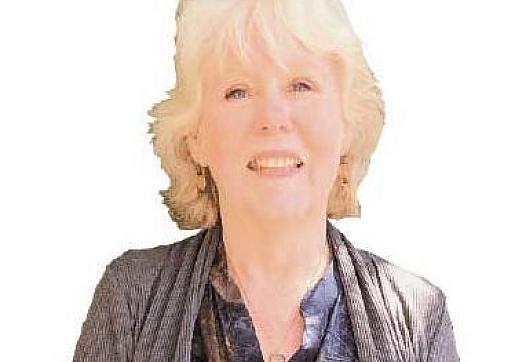
Like most of us, Doris Beckman, 67, had a plan for how life was going to go. But real life has a way of interrupting the imagined one.

"Only until people really realize there are 70 – and 80-year-old women living in their cars will we as a society be forced to change,” one local nonprofit leader says.

Last Tuesday, nearly 100 people gathered in Jackson to connect with their neighbors around a troubling statistic: Amador County has the third-highest suicide rate in California.